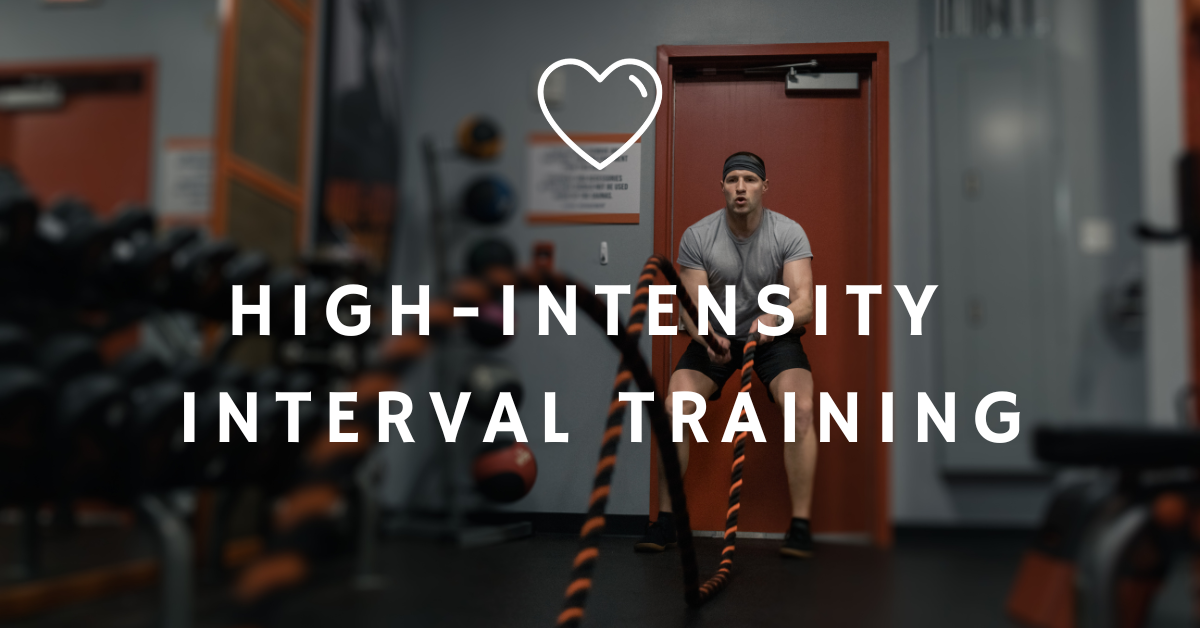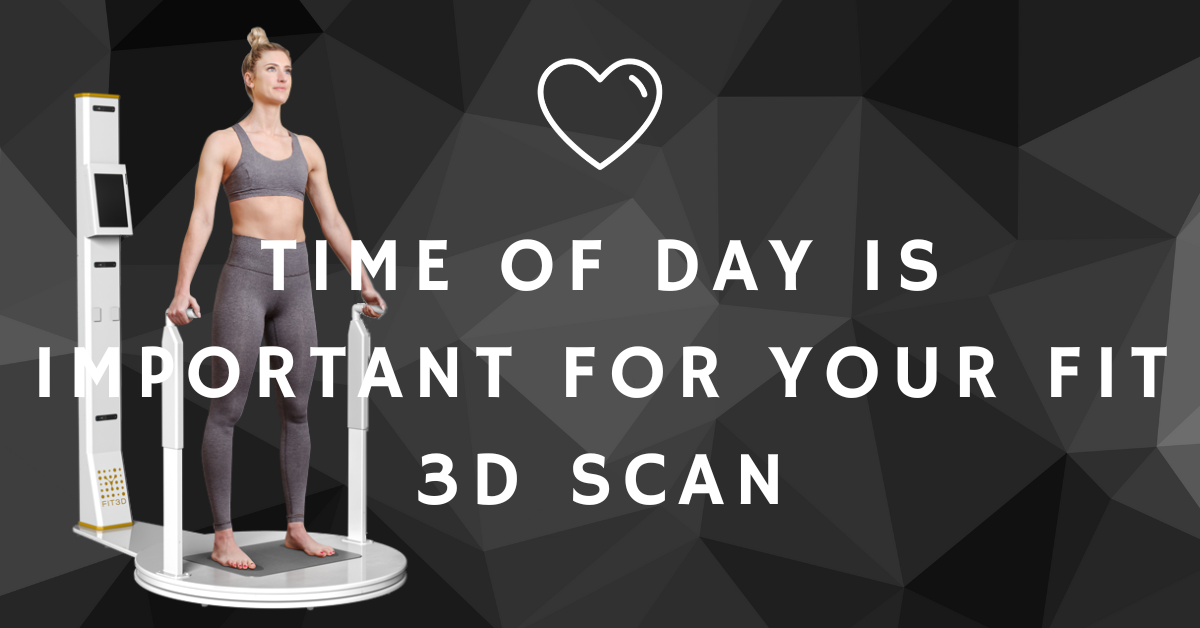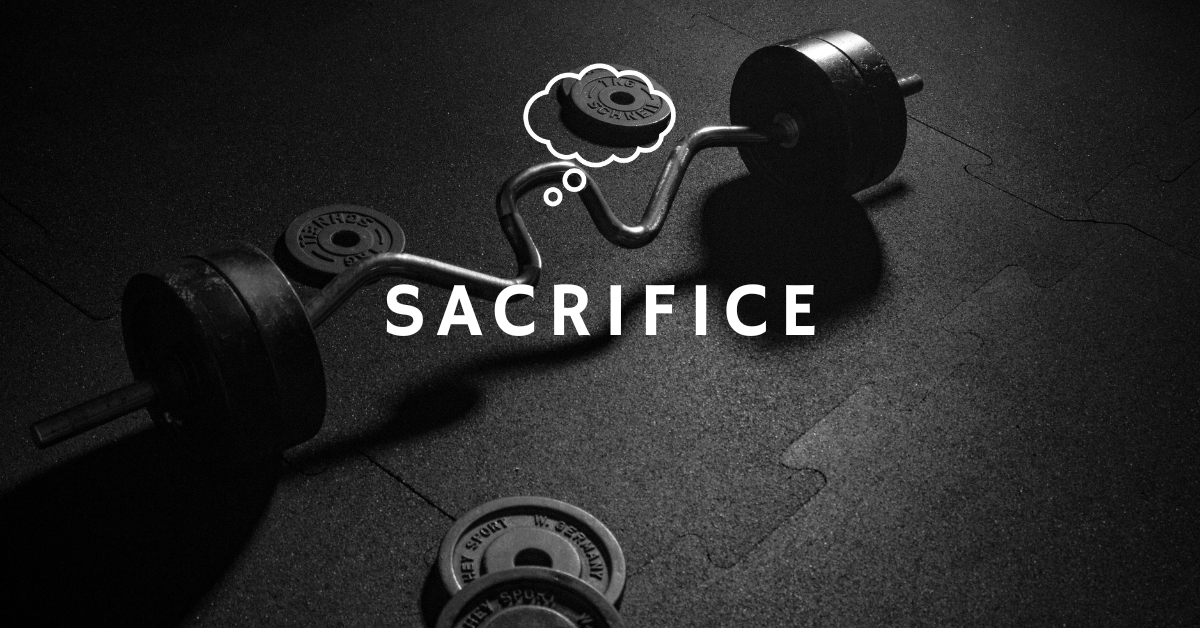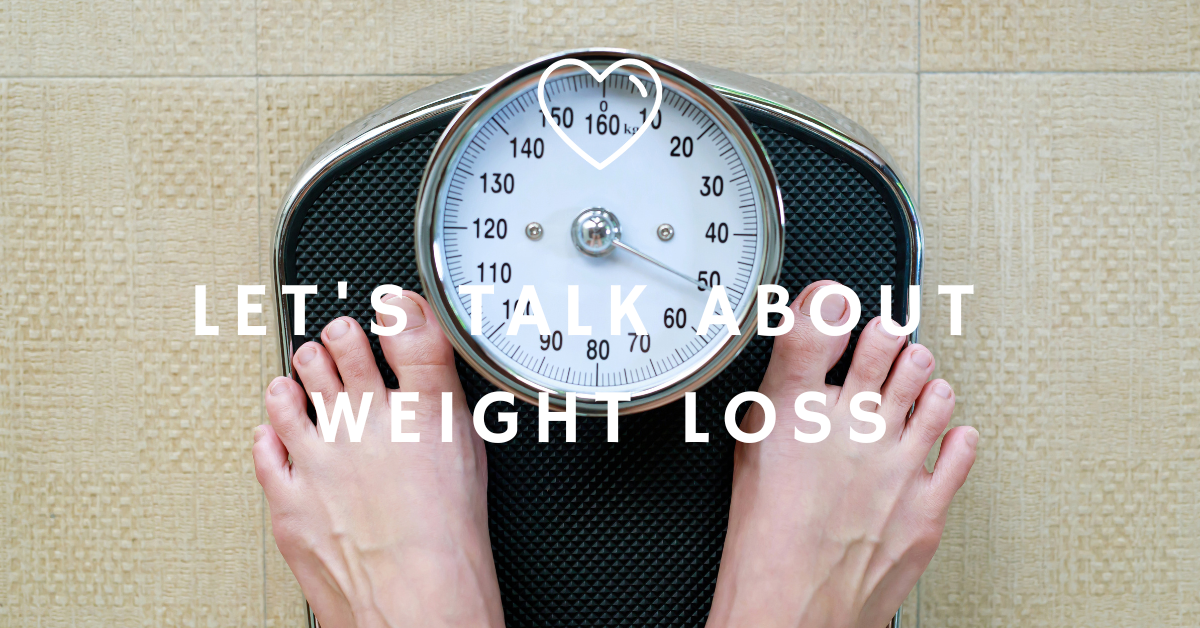Wearable fitness technology refers to electronic devices that are worn on the body to track and monitor various aspects of fitness and exercise. Here’s everything you need to know about wearable fitness technology and how it can enhance your exercising experience:
Continue readingHigh-Intensity Interval Training (HIIT)
High-Intensity Interval Training (HIIT) is a workout method that alternates between short, intense bursts of exercise and brief recovery periods. Here’s everything you need to know about HIIT training
Continue readingTIME OF DAY IS IMPORTANT FOR YOUR FIT 3D SCAN
Why is the time of day important for your fit 3d scan?
Continue readingConquering Gym Nerves
Going to the gym can be nerve-wracking, especially if you’re new to the fitness scene. But with a few proven strategies, you can conquer your nerves and feel confident in your workout routine.
Continue readingIntermittent Fasting: What you need to know!
Intermittent fasting (IF) has grown in popularity and as a result we are asked frequently by our clients if it is advised or possible to do IF for weight loss. So we have decided to write this blog to give you information about Intermittent Fasting can help you make the best decision for your future diet and nutrition planning.
Continue readingTraining safely: Lightheadedness
TRAINING SAFELY: LIGHTHEADEDNESS
LIGHTHEADEDNESS
What is lightheadedness? Lightheadedness is when you feel like fainting or about to pass out. Some people call it feeling woozy. Lightheadedness is related to dizziness. Dizziness is, when you feel unsteady or are having trouble keeping your balance.
Dizziness during exercise can be caused by a number of factors, including:
Dehydration
When you sweat excessively during a workout, you can lose fluids and electrolytes, which can lead to dehydration. This can cause dizziness, as well as other symptoms such as fatigue and muscle cramps.
Make sure that you are not only well hydrated throughout the day, but especially prior to and during exercise.
The amount of water a person needs can vary depending on their age, weight, sex, activity level, and other factors. However, as a general guideline, the Institute of Medicine (IOM) recommends that women aim to drink about 2.7 liters (91 ounces) of water per day. This includes water from all sources, including beverages and food.
It’s important to note that this is just a rough guideline, and individual water needs may vary. Factors such as climate, exercise, and pregnancy or breastfeeding status can all affect a woman’s water needs. Additionally, some medical conditions or medications may also increase water needs.
One way to gauge if you are drinking enough water is to pay attention to your body’s thirst signals and the color of your urine. If you are thirsty or your urine is dark yellow, it may be a sign that you need to drink more water. It’s also a good idea to talk to your doctor or a registered dietitian for personalized recommendations on how much water you should be drinking each day.
Low blood sugar
If you haven’t eaten enough before exercising, your blood sugar levels may drop, which can lead to dizziness and lightheadedness.
The best things to eat before exercising are foods that provide the body with the energy and nutrients it needs to perform well during the workout. Here are some examples:
Complex carbohydrates: Foods such as whole grains, fruits, and vegetables are great sources of complex carbohydrates, which provide a steady source of energy during exercise. Examples of good pre-workout snacks include whole grain toast with peanut butter, a banana, or a handful of grapes.
Lean protein: Protein helps repair and rebuild muscles, so it’s important to include some in your pre-workout meal or snack. Good sources of lean protein include chicken, fish, beans, tofu, and low-fat dairy products.
Healthy fats: Fats provide the body with long-lasting energy, and can also help to keep you feeling full and satisfied during your workout. Good sources of healthy fats include avocado, nuts, seeds, and olive oil.
Water: Hydration is important for good exercise performance, so make sure to drink plenty of water before your workout. Aim for at least 16 ounces of water about 2 hours before your workout, and another 8-16 ounces 15-30 minutes before your workout.
Remember, what works best for one person may not work for another. Experiment with different foods and snacks to see what feels best for you before exercising, and don’t forget to listen to your body’s hunger and fullness cues.
Hyperventilation
When you breathe too quickly or deeply during exercise, you can hyperventilate, which can cause dizziness, as well as tingling in the hands and feet, and confusion.
Hyperventilation during exercise can be uncomfortable and may even lead to dizziness or other symptoms. Here are some tips to help prevent hyperventilation while exercising:
Breathe normally: Try to focus on breathing normally during exercise. Avoid taking fast, shallow breaths, and instead aim for slow, controlled breaths.
Pace yourself: Avoid pushing yourself too hard too quickly during exercise. Start with a lower intensity workout and gradually increase the intensity over time. This can help prevent hyperventilation and other breathing problems.
Use a breathing technique: Some people find that using a breathing technique, such as diaphragmatic breathing or pursed-lip breathing, can help prevent hyperventilation during exercise. These techniques involve breathing more deeply and slowly, which can help regulate breathing and prevent hyperventilation.
Stay hydrated: Dehydration can lead to hyperventilation, so it’s important to stay hydrated during exercise. Make sure to drink plenty of water before, during, and after your workout.
Talk to your doctor: If you are experiencing frequent hyperventilation during exercise, it’s important to talk to your doctor. They may be able to recommend breathing exercises or other strategies to help prevent hyperventilation, as well as rule out any underlying medical conditions that may be contributing to the problem.
Overexertion
Pushing yourself too hard during a workout can cause your heart rate and blood pressure to increase rapidly, which can lead to dizziness.
Overexertion during exercise can lead to fatigue, muscle soreness, injury, and other negative effects. Here are some tips to help prevent overexertion during exercise:
Start slowly: If you are new to exercise, start slowly and gradually increase the intensity over time. This can help prevent overexertion and allow your body to adapt to the demands of exercise.
Set realistic goals: It’s important to set realistic goals for your exercise routine. Don’t push yourself too hard too quickly, and make sure your goals are achievable with your current fitness level.
Listen to your body: Pay attention to your body’s signals during exercise. If you feel overly fatigued, dizzy, or experience pain or discomfort, it may be a sign that you are overexerting yourself. Take a break and rest if necessary.
Use proper form: Using proper form during exercise can help prevent overexertion and reduce the risk of injury. Make sure to learn the correct form for each exercise and use it consistently.
Take rest days: Rest days are important for allowing your body to recover from exercise and prevent overexertion. Make sure to include rest days in your exercise routine, and don’t hesitate to take additional rest days if you feel overly fatigued or sore.
Stay hydrated and fueled: Make sure to drink plenty of water and eat a balanced diet to fuel your body for exercise. Dehydration and poor nutrition can contribute to overexertion and fatigue.
Remember, exercise should be challenging, but not so much that it puts your health at risk. It’s important to find the right balance between pushing yourself and listening to your body’s limits to prevent overexertion during exercise.
do you need support?
If you are concerned that you are at risk of not training safely then get in touch with us! We work with clients like you every single day a Plath. what we specialise in is making sure that our clients train safely and effectively and never in a way that is detrimental to their health.
Personal trainers are trained and certified professionals who have a deep understanding of human anatomy, physiology, and kinesiology, as well as exercise programming and safety. They have the knowledge and expertise to design safe and effective exercise programs that are tailored to each individual’s needs, goals, and fitness level.
Here are some reasons why personal trainers are so good at helping people train safely:
Individualized programming: Personal trainers design exercise programs that are tailored to each individual’s needs, goals, and fitness level. They take into account any pre-existing medical conditions, injuries, or limitations to ensure that the exercises are safe and appropriate.
Correct form and technique: Personal trainers help their clients to learn correct form and technique for each exercise. This can help prevent injury and ensure that the exercises are effective.
Progression and modification: Personal trainers help their clients to progress their exercise programs over time, gradually increasing intensity and difficulty as their fitness level improves. They can also modify exercises as needed to accommodate any injuries or limitations.
Motivation and accountability: Personal trainers provide motivation and accountability to their clients, helping them to stay on track with their exercise programs and avoid the temptation to push themselves too hard or skip workouts.
Safety knowledge: Personal trainers have a deep understanding of exercise safety and can help their clients to avoid common pitfalls and risks associated with exercise. They can also provide guidance on proper warm-up and cool-down routines, as well as injury prevention strategies.
Overall, personal trainers are experts in exercise safety and can provide valuable guidance and support to help their clients train safely and effectively.
TRAINING WITH ABSOLUTE COULD SERIOUSLY IMPROVE YOUR HEALT! CLICK A LINK BELOW FOR MORE INFORMATION.
Sacrifice
Win or Learn
Disappointments happen, we falter, and we all do! We stumble, fall and sometimes we absolutely bottom out!
However, we must learn from these moments.
Continue readingLET TALK ABOUT WEIGHT LOSS
Let’s talk about weight loss. It’s not just about numbers on a scale, it’s about reclaiming your health and your happiness. It’s about feeling strong and confident in your own skin and being able to do all the things you love without limitations.
Continue readingNutrition Myths
Nutrition Myths
excess protein myth
1.If you eat more than 30 grams of protein at once you can’t use it all.
So the saying goes that if you eat more than 30g of protein in one sitting, the excess will be stored as fat or wasted. Research in the past has shown optimal protein synthesis occurs when consuming 20-30 grams of protein per meal. Once you increased this to 40 + grams of protein the rate of protein synthesis did not increase or decrease. So does this mean the extra 10+ Grams of protein was stored as fat?
Theoretically yes the protein would be converted to glucose and stored as fat – but this is a far too long and costly process for the body to go through. It is very unlikely you will gain any fat from excess protein consumption per say however if you eat more calories than you burn then yes you would gain fat.
high protein myth
2.High protein diets increase stress on the kidneys
The kidneys are part of an extremely efficient filtration system within the body, and are great at removing unwanted substances from the body. Excess protein consumption is the kind of stress the kidneys are built to deal with.
One fifth of the blood pumped out by your heart gets filtered by the kidneys every 1-2 minutes. A little extra protein in your diet is a tiny drop in the ocean in comparison with what the kidneys already deal with.
However a good measure to take when increasing protein is increasing water consumption too, your body creates more urine to flush out by-products of protein- synthesis , so this needs to be replaced. Although something that does put unnecessary stress on the kidneys which I would recommend cutting right away is ALCOHOL! Start with that.
protein after a workout
3.You must consume protein immediatelty after your workout
Ever heard “you’ve got to consume your protein straight after you finish your workout”?
“You’ll lose all the work you’ve put in” Well to be honest it’s scary how often I hear this.
The aptly named “anabolic window” is the period after your training in which your body is most willing to accept nutrients – Specifically protein + Carbohydrates to be delivered to the muscles to aid recovery and promote muscle growth. At one time this window has thought to be 30 minutes to an hour long, however we know that it is infact much much longer even up to several hours after you finish your last set in the gym.
It is infact more important that adequate amounts of each micronutrient are consumed throughout the day and that these are consumed consistently.
a carb is a carb
4.A carb is a carb
Everyone assumes a carb is a carb no matter where it comes from. While the fact is that each gram of carb has roughly 4 calories, it’s the way the body breaks down the carb which is the real issue.
High GI Carbs are broken down quickly by the body, equalling a huge release of glucose into the bloodstream and a spike in insulin levels. These carbs can leave you feeling sluggish around 45 minutes after you’ve eaten, but these can be great for immediately after workouts,when you need refuelling. However low GI carbs take alot longer to digest meaning that glucose is released at a more steady rate into the blood. These are where the majority of carbs in your diet should come from, as they will keep you feeling more full for longer. They also usually contain more vitamins and minerals in comparison with simple carbs.
Fats make you fat
Okay so out of these myths this one seems like it makes the most sense, the more fat we consume then logically the more we store on our body right? In truth though it is not fat that is the issue, it is eating calories beyond your means that is. Of Course eating highly fatty foods could be a contributing factor to an expanding waistline, but so can the foods that have little or not fat.
Avoiding fat is not the answer when trying to drop body fat and lose weight. Choose the right kinds fat to help you feel more satisfied and pair them with a good protein source and you might find you’re less inclined to grab those high calorie, low nutrition ‘naughty’ foods between meals.
As with everything, moderation is key.
TRAINING WITH ABSOLUTE CAN SERIOUSLY IMPROVE YOUR HEALTH. CHOOSE A SERVICE BELOW FOR MORE INFORMATION
